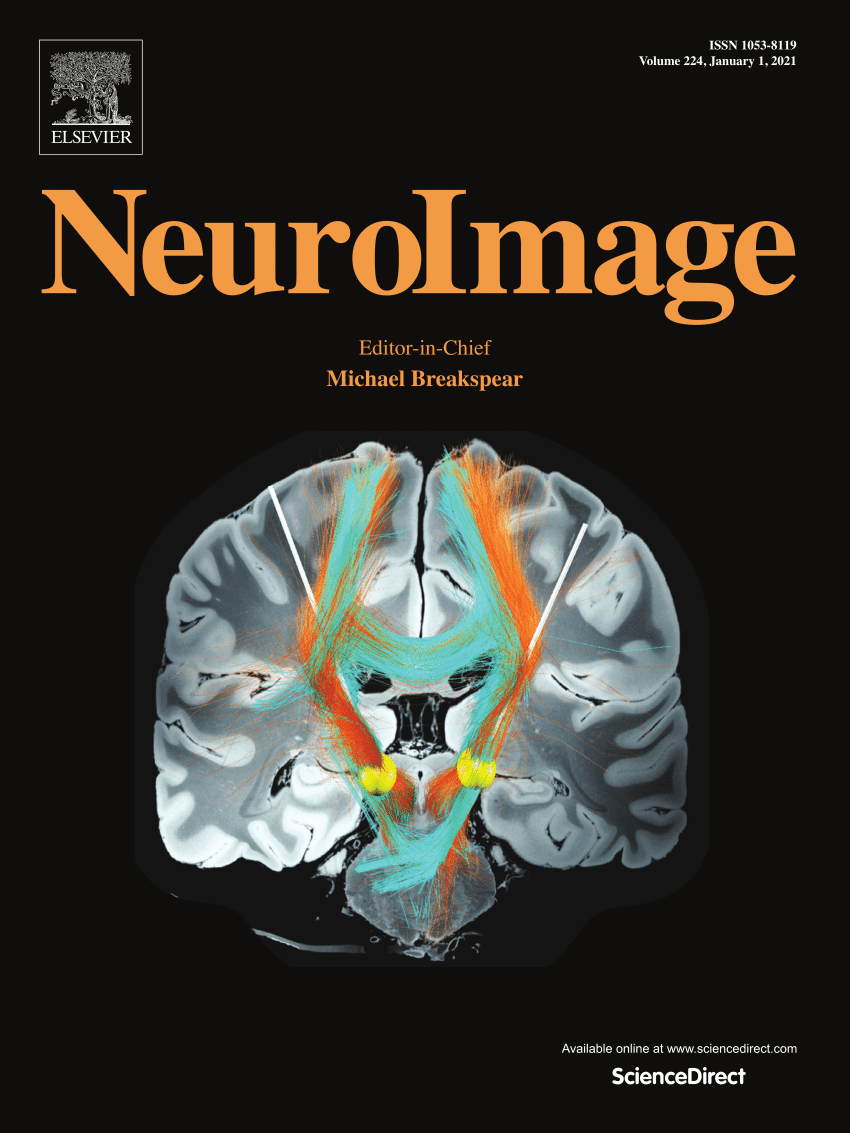White-Matter fiber tract and resting-state functional connectivity abnormalities in young children with autism spectrum disorder
IF 4.7
2区 医学
Q1 NEUROIMAGING
引用次数: 0
Abstract
Autism spectrum disorder (ASD) is a complex developmental disorder characterized by difficulties in social interaction and communication and repetitive behaviors. Although abnormal brain development has been shown to exist in children with ASD, the link between structural brain abnormalities and resting-state functional connectivity (rsFC) disruptions in children with ASD remains understudied. To address this limitation, we utilized the population-based bundle-to-region connectome, providing a detailed understanding of the connectivity between cortical regions and white matter (WM) tracts. By precisely indexing WM-Gray Matter (GM) interactions, we investigated the rsFC of the cortex-associated ROIs to explore the association between structural and rsFC abnormalities and clinical symptoms in young children with ASD. This MRI study identified significant differences in WM structure and rsFC between children with ASD (n = 34) and typically developing children (TD, n = 43). Our results showed that decreased fractional anisotropy (FA) and increased mean diffusivity (MD) and radial diffusivity (RD) in ASD WM tracts compared to TD, particularly in left hemisphere tracts (anterior thalamic radiation [ATR], cingulum, inferior fronto-occipital fasciculus [IFOF], inferior longitudinal fasciculus [ILF], superior longitudinal fasciculus [SLF], and uncinate fasciculus [UF]). Abnormal rsFC was observed in GM areas connected by ATR, cingulum, IFOF, ILF, and SLF. Furthermore, abnormalities in the structural and functional connectivity index (SFCI) within the SLF and cingulum were identified. An association has been observed between these abnormalities and clinical symptoms. Specifically, SLF structural and functional connectivity appear to be associated with repetitive and restrictive behavior (RRB), while cingulum connectivity is associated with communication abilities. In conclusion, young children with ASD exhibit abnormal WM tract structures and associated rsFC abnormalities. These differences highlight significant disruptions in rsFC mapped from WM tracts to cortical areas in ASD, correlating with the severity of ASD symptoms, and suggest the importance of multi-modal imaging in capturing these variations.
求助全文
约1分钟内获得全文
求助全文
来源期刊

NeuroImage
医学-核医学
CiteScore
11.30
自引率
10.50%
发文量
809
审稿时长
63 days
期刊介绍:
NeuroImage, a Journal of Brain Function provides a vehicle for communicating important advances in acquiring, analyzing, and modelling neuroimaging data and in applying these techniques to the study of structure-function and brain-behavior relationships. Though the emphasis is on the macroscopic level of human brain organization, meso-and microscopic neuroimaging across all species will be considered if informative for understanding the aforementioned relationships.
 求助内容:
求助内容: 应助结果提醒方式:
应助结果提醒方式:


